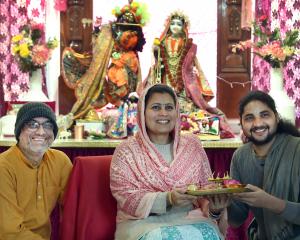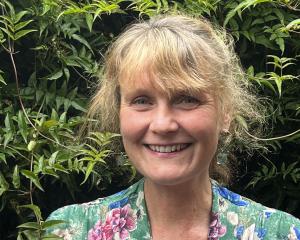Ms Wigley confirmed yesterday the museum would reopen on Friday, December 7.
A civic opening ceremony would be held that evening, and the public invited back in for the first time from the following day, to begin a weekend of opening festivities.
That would include community activities, music and theatre, designed to create a "splash".
Ms Wigley said she was "very excited" to announce the date after so much hard work extending and redeveloping the site, doubling the overall space available as a result.
"It's been a huge project. I don't think any of us quite understood the complexity or the scale of the project."
Reopening would end an 18-month closure needed as part of the museum's $39 million redevelopment.
Work on the four-stage project began in 2008, but the museum closed in May last year to allow work on the final stage - a new entrance foyer, shop, cafe and display area for the steam locomotive Josephine - to be carried out.
Ms Wigley yesterday said work was progressing and remained within budget, and the entire structure was due to be completed and handed over to museum staff by November 5.
Once finished, the museum would tell the story of Dunedin in new and innovative ways, from the first Ngai Tahu arrivals to the present day, and traversing European settlement, the gold rush and the stories of Dunedin's various communities.
The museum's collections of textiles, transport, military and computer items, among others, would be given new space and permanence, helped by new uses of technology to tell their stories, she said.
New display cases used throughout the museum would feature digital display screens providing more information at the touch of a button, rather than old "book on wall" interpretive panels, she said.
A Pounamu touchstone would be "the first thing" visitors saw when entering the reception area. The second would be a state-of-the-art audiovisual display used in the museum's new Kai Tahu exhibit, she said.
The portrait gallery of early pioneers would also be complemented by four large digital display screens, linking each picture to family histories and other background information at the touch of a button, she said.
Other features would include a recreated early settlers' cottage, large photographs depicting early Dunedin life and an exhibit detailing the "dark side" of the settler city, including prostitution, opium dens, drunkenness and poverty.
More modern displays of 20th century objects, a 1950s lounge scene - with film clips from the era playing on the television, and exhibits of the home front during both world wars would also feature.
The galleries would be changing "all the time", and fans of the old museum would not be disappointed, with old favourites, such as the portrait gallery, still there, Ms Wigley said.
The popular Pixie Town festive display would also be back, and better than ever, this Christmas, with restoration work meaning more Pixies would feature this year, she said.












